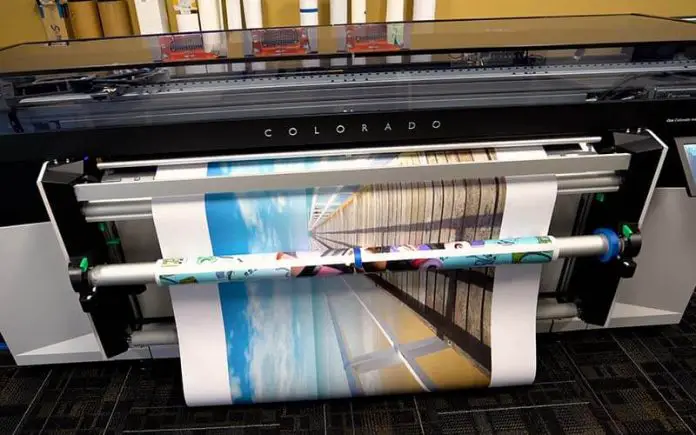The wide format printer are a crucial asset for businesses and individuals that require large-scale printing capabilities. From printing posters, banners, and signs to creating wallpapers, floor graphics, and fine art prints, wide format printers are a versatile and powerful tool. However, to achieve the best results, it is important to follow certain best practices for using a wide format printer. In this article, we will discuss the best practices for using a wide format printer.
Best Practices for Using a Wide Format Printer
Prepare the File for Printing
Before sending the file to the printer, it is important to make sure that the file is properly prepared for printing. This includes checking the resolution, color mode, and file format. For best results, the resolution should be set at 300 dpi, the color mode should be set to CMYK, and the file should be saved in a compatible format like PDF, EPS, or TIFF.
Choose the Right Media
Choosing the right media for printing is essential to achieve the best results. There are many different types of media available, including paper, vinyl, canvas, fabric, and more. The choice of media will depend on the application, such as indoor or outdoor use, the required durability, and the type of ink used. Make sure to use media that is compatible with your printer and ink.
Use High-Quality Ink
The quality of the ink used in a canon wide format printers can significantly impact the final print. Using high-quality ink, specifically designed for your printer, will ensure that the colors are accurate, vibrant, and long-lasting. Using low-quality or third-party ink may save money in the short term, but can lead to poor-quality prints and increased maintenance and repair costs in the long term.
Perform Regular Maintenance
Performing regular maintenance on your wide format printer is essential to ensure that it functions properly and produces high-quality prints. This includes cleaning the print heads, platen, and other components regularly. Follow the manufacturer’s instructions for maintenance and cleaning, and be sure to use the recommended cleaning solutions and tools.
Calibrate the Printer
Calibrating the printer is an important step to ensure accurate color reproduction. The calibration process involves printing a test pattern and making adjustments to the printer settings to match the desired color output. The calibration process should be performed regularly, especially after changing the ink or media.
Allow Time for Drying
Wide format prints can take a long time to dry, especially when using certain types of media or ink in printers. To avoid smudging or damage to the print, it is important to allow sufficient time for the print to dry before handling or finishing it. This can be done by leaving the print to air dry, using a dryer or heat press, or applying a fixative spray.
Use Proper Finishing Techniques
Finishing techniques can significantly impact the appearance and durability of the final print. This includes trimming, mounting, laminating, and framing. For example, laminating can protect the print from damage and fading, while mounting can give the print a professional and finished look. Be sure to use proper finishing techniques that are compatible with the media and ink used.
Store the Media and Ink Properly
Storing the media and ink properly is important to ensure that they remain in good condition and produce high-quality prints. Media should be stored in a cool, dry place, away from direct sunlight or moisture. Ink should be stored in a sealed container, at the recommended temperature, and away from direct sunlight or heat sources.
Conclusion
Wide format printers are an essential tool for business and individuals that require large-scale printing capabilities. To achieve the best results, it is important to follow certain best practices for using a wide format printer. These include preparing the file for printing, choosing the right media and ink, performing regular maintenance, calibrating the printer





